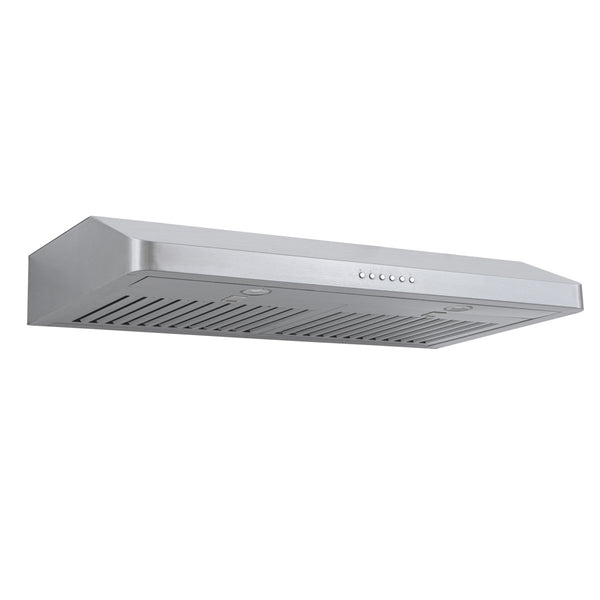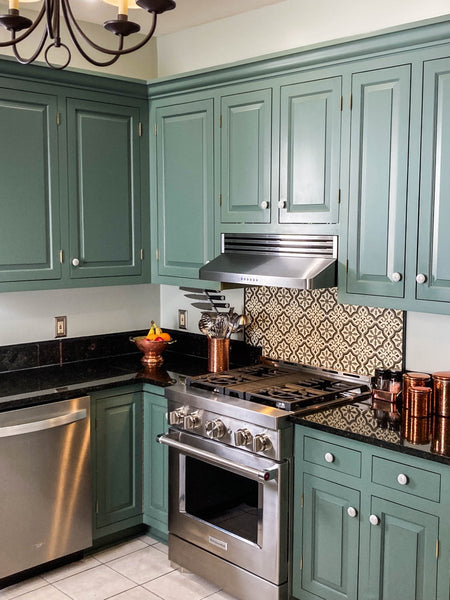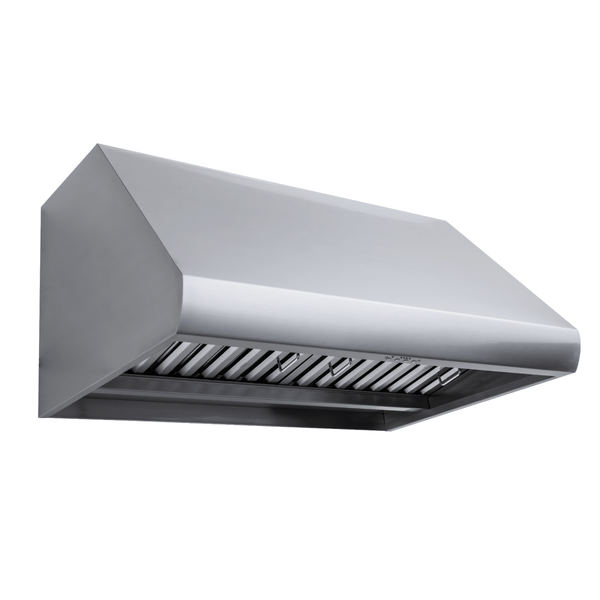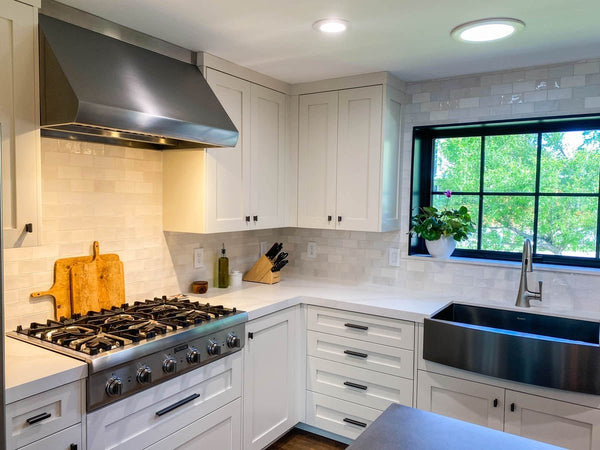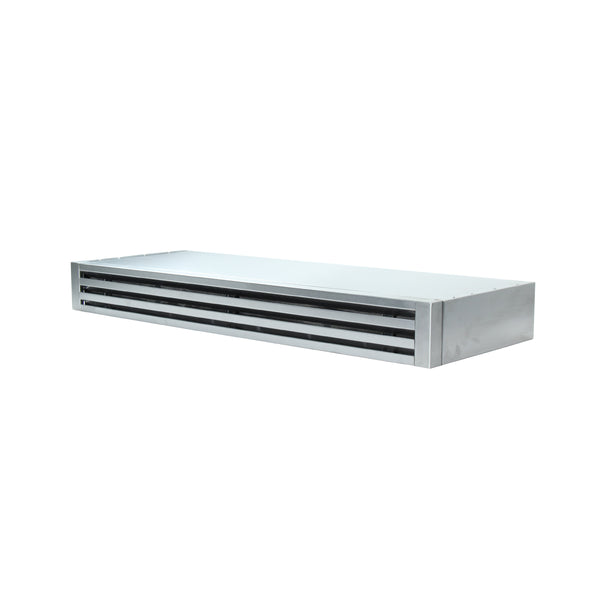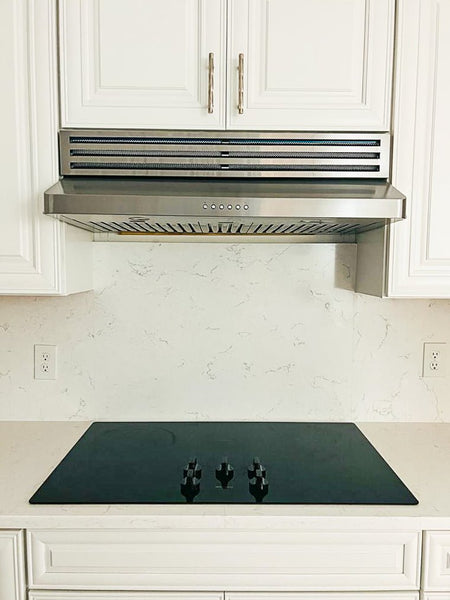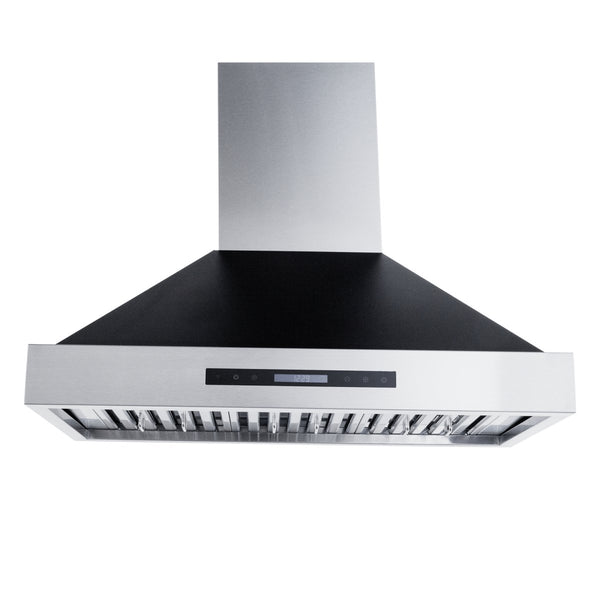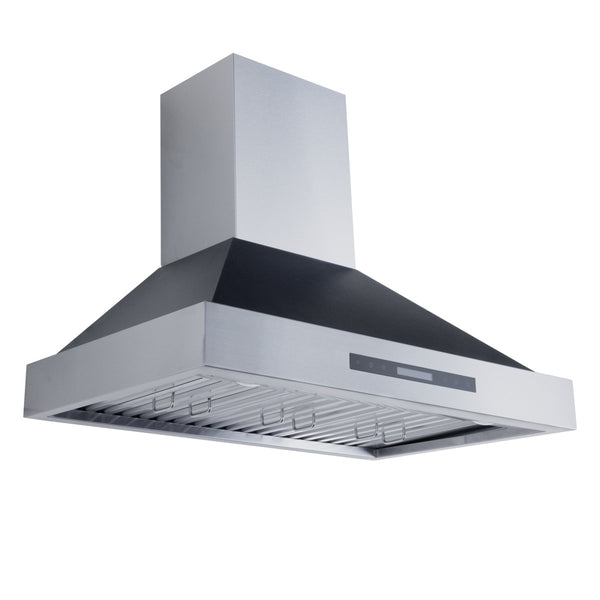Did you buy a patio heater for your outdoor space? It’s important to learn how to use it safely. If you like to host gatherings, guests will use that space often too. You want them to be safe and comfortable!
We’ll go over 12 safety tips you should keep in mind when using your patio heater. Always refer to the manufacturer’s instructions when using it.
Leave clearance around the patio heater according to the manufacturer’s instructions.
Around three feet of space is a good general guideline. But it will differ for each patio heater. Larger patio heaters with more BTUs (see also 'What Are BTUs?') will require more clearance, while smaller ones will require less clearance. Always follow the manufacturer’s instructions.
Buy a patio heater that’s the appropriate size for your outdoor space.
The main safety hazard here is buying a patio heater that’s too large for your space. A good formula is to multiply the square footage of your patio by 20. So if your patio is 50 square feet, you’ll want a patio heater that’s 10,000 BTUs. This is a general guideline though. If the manufacturer gives different guidelines, follow them.
If you buy a patio heater that’s too small for your space, it’s not a big safety hazard. But, rather than buying a second small heater, it’s probably best to return your small one and buy a larger one. This way you don’t have to power two heaters, which saves you a little money.
Do not install a patio heater in an enclosed area. Make sure the area is well ventilated.

Most patio heaters are designed exclusively for outdoor use. The only patio heaters used indoors are electric. Gas and propane patio heaters should never be installed in enclosed areas. They produce harmful contaminants that are dangerous to your health.
If your patio heater is in an outdoor kitchen, an outdoor vent hood will remove all the harmful contaminants. It’s a great way to keep the air clean and fresh.
Only electric patio heaters should be used indoors.
Electric patios are a great option for indoor use. Make sure you have a few feet of clearance to reduce the risk of fire. Also, keep water away from your electric patio heater as you could get shocked.
Keep the patio heater away from children and pets.
Patio heaters can get hot quickly. Make sure you supervise your kids and pets when the patio heater is in use. It can easily cause burns if touched.
Leak test your patio heater every year – or if you smell gas in your outdoor patio.
If you have a natural gas patio heater, then your gas leak will be in the mainline. In this case, it’s best to call a professional. For propane patio heaters, the process is a little simpler. Always consult the manufacturer’s instructions. Here’s an example of a leak test:
Turn off your patio heater when not in use. If it’s portable, store it when not in use.
You might have heard some horror stories about leaving the oven on overnight and starting a house fire. A patio heater is a fire hazard if left on overnight too. So always make sure to double check that it’s off before you wrap up your party.
Do not leave your patio heater on for more than a few hours. Consult the manufacturer’s instructions for specifics.
Patio heaters are designed to heat your patio for a short period of time. If left on for several hours, your patio heater will likely get dangerously hot and it will wear down quickly. Check the manufacturer’s instructions for specific information on how long you can run your heater.
When moving your patio heater, make sure it’s cool. If the heater is electric, unplug it before moving.
Use caution when moving your patio heater. Portable patio heaters often have handles that make them easy to transport. But it could still be quite hot, so be careful!
With electric patio heaters, don’t forget to unplug them. You don’t want to damage the outlet or make sparks. All it takes is one spark to start a fire.
Never use an electric patio heater in the rain.
Protect your patio heater from the rain and the elements to get the most out of it. Gas and propane heaters can withstand some rain, but electric heaters can’t. When not in use, you can cover your patio heater with a water-resistant fabric cover. Something like this from Amazon works great.
Find a stable, level area for your patio heater where it won't tip over.
It’s important to install your heater on flat ground. You don’t want it to tip over while guests are over! If you’re concerned about wind, you can put some weight on the base of the heater to keep it stable.
Each year, clean your patio heater to keep dirt and debris out.
This will reduce the risk of a fire hazard. With most patio heaters, you can remove the mesh screen and clean it separately. Inspect the inside for any dirt or debris. Every patio heater is different so follow the manufacturer’s instructions to clean yours thoroughly.
Patio heaters don’t need to be cleaned often. But if you notice anything unusual like rattling or buzzing noises, smoke smell, or the like, turn your heater off immediately.
Let it cool and clean it to see if that helps resolve the problem. If not, call the manufacturer to troubleshoot the heater.
That wraps up our post on patio heater safety tips. Before you start using your patio heater, make sure you know how to use it safely. To learn more about patio heaters, check out our post ‘Can you use a patio heater under a covered patio?’ Thanks for reading.
Related Articles
5 Types of Patio Covers - Which is best for you?
Should you build your outdoor kitchen on a patio or deck?
8 Best Outdoor Kitchen Countertop Materials (Complete Guide)
